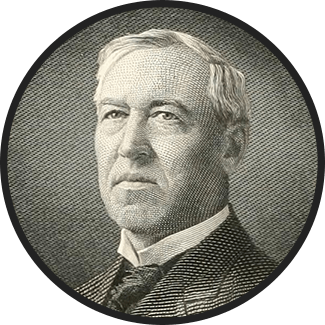Learn about the role France played in the American Revolution with this book by James Breck Perkins.
Chapters
- Introduction
- Chapter 1 - France and the New World
- Chapter 2 - The Treaty of Paris and its Consequences
- Chapter 3 - The Diplomacy of Vergennes
- Chapter 4 - Silas Deane's Mission
- Chapter 5 - Beaumarchais
- Chapter 6 - Events of 1776
- Chapter 7 - Franklin
- Chapter 8 - The Privateers
- Chapter 9 - La Fayette
- Chapter 10 - The Ambition of the Comte de Broglie
- Chapter 11 - America and the French People
- Chapter 12 - Progress of the Negotiations
- Chapter 13 - France Sends a Plenipotentiary
- Chapter 14 - The French Fleet
- Chapter 15 - La Fayette to the Rescue
- Chapter 16 - The Arrival of Rochambeau
- Chapter 17 - The Sinews of War
- Chapter 18 - The French Troops in Americ
- Chapter 19 - The Expedition of de Grasse
- Chapter 20 - The Yorktown Expedition
- Chapter 21 - Yorktown and de Grasse
- Chapter 22 - Closing Years of the War
- Chapter 23 - French Impressions of America
- Chapter 24 - American Envoys in France
- Chapter 25 - Negotiations for Peace
- Chapter 26 - Conclusion

